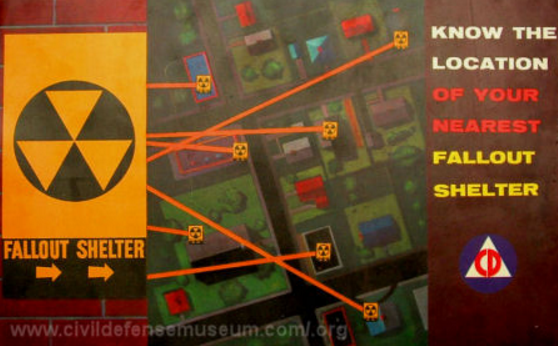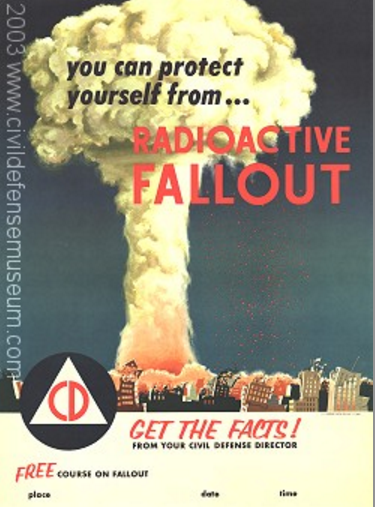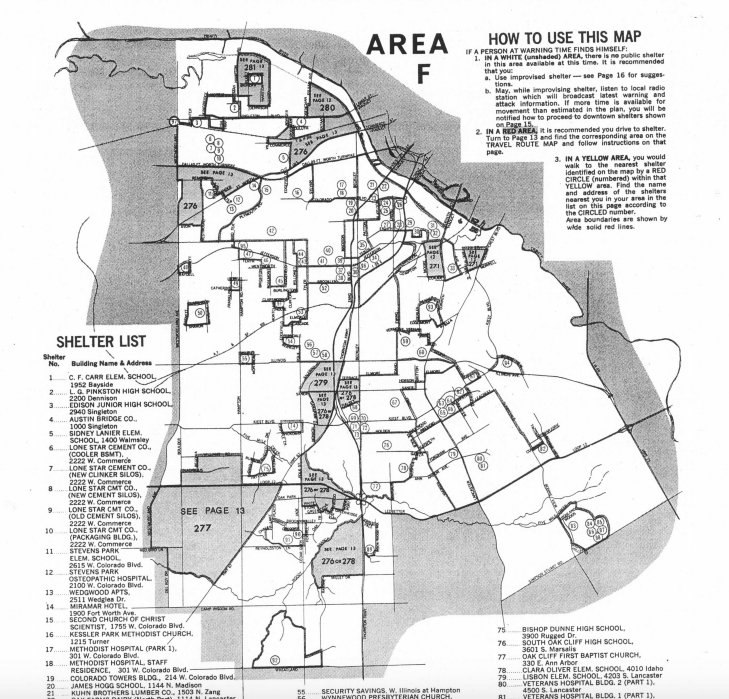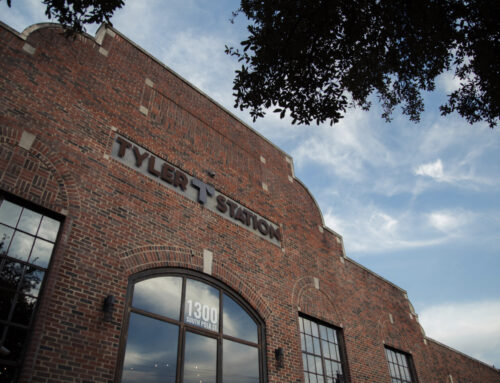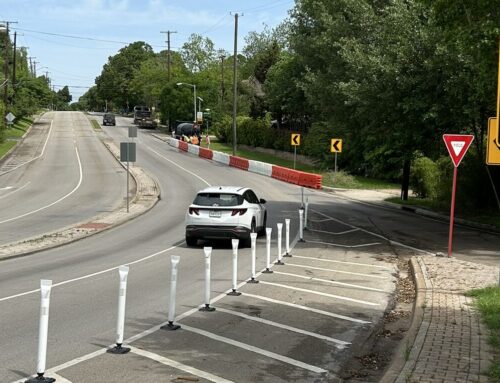Under threat of a nuclear attack in the 1950s, Oak Cliff residents were poised to find safety at the Oak Cliff Bank Tower, where one of Dallas County’s many fallout shelters was located, or another nearby bunker.
Kessler Park Methodist Church, Bishop Dunne and South Oak Cliff High School, Oak Cliff First Baptist Church, Methodist Hospital and Wynnewood State Bank, to name a few, housed fallout shelters, stocked with food and survival supplies.
“Emergency management has existed in crude form in Dallas since the 1870s, but it wasn’t until the Cold War era — 1954 to be exact — when the nation was gripped with fear of another World War, that the Dallas City Council established the City-County Civil Defense and Disaster Commission,” Dallas archivist John Slate wrote for the Advocate last year. “In response to the threat of nuclear attack, the commission built emergency shelters all over Dallas.”
Today, most have been de-activated following disuse and the diminished threat of nuclear war.
“The City of Dallas still has an Emergency preparedness team in the city’s Office of Emergency Management, which works before, during and after emergencies to minimize impacts on the community,” Slate notes. “Their work coordinates with other departments in government, the private sector and community stakeholders to advocate for planning, response, recovery and mitigation following any sort of disaster.”
As they phased out the community fallout shelter plan, I wonder if civic leaders imagined world peace might have been achieved by the year 2017.
Bombs, war and nuclear arms at the forefront of today’s news, not to mention the setting off of 156 tornado sirens late last Friday night, might have folks thinking about their old community shelter plans, which you can explore further on the Civil Defense Museum website—there you can see more maps and images and take a more in-depth look at shelters around our neighborhood and city, the city’s disaster plan and a civil defense timeline.
Geek out on shelter model sets, polarized light display boxes, royal artillery, posters, books and survival kits and tools you could still use today, as necessary.
And don’t forget that personal shelter we’ve mentioned a time or two and photographed.
Here’s more about the guy, Eric Green, who grew up in the White Rock area and who curated the Civil Defense Museum collection.

